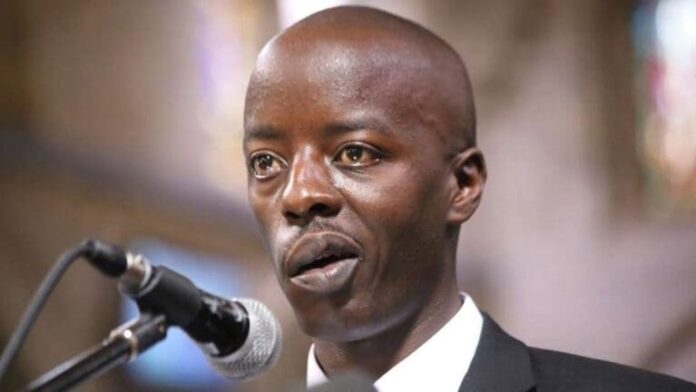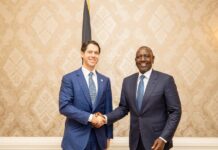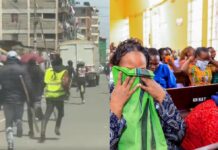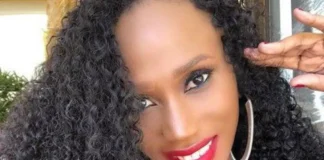Public outrage has erupted after Raila Odinga Jr, son of the late former Prime Minister Raila Odinga, became the subject of online ridicule over his facial appearance. The insensitive videos and memes, circulated widely on TikTok and X (formerly Twitter), have drawn sharp condemnation from the government, rights organizations, and the public.
The viral trend emerged shortly after the passing of his father, with some users mimicking Raila Jr’s speech and facial movements during public appearances. Many Kenyans have since condemned the mockery as cruel, demeaning, and deeply disrespectful, especially during a period of mourning for the Odinga family.
Government Spokesperson Isaac Mwaura termed the behaviour “horrendous and reflective of moral decay,” urging Kenyans to exercise empathy and respect. He reminded the public that mocking persons living with disabilities or visible medical conditions is both unethical and illegal.
The Kenya National Commission on Human Rights (KNCHR) also intervened, warning that such acts contravene the Persons with Disability Act, 2025, which criminalizes degrading treatment of persons with disabilities. Offenders risk up to one year in jail or a fine of KSh 1 million.
Raila Odinga Jr, who has been open about his medical condition, lives with Acoustic Neuroma, also known as Vestibular Schwannoma a non-cancerous, slow-growing tumour that forms on the vestibular nerve connecting the inner ear to the brain. He has explained that the condition is hereditary, inherited from his mother’s side, and is the reason one side of his face is paralysed.
In a 2022 interview, Junior clarified public misconceptions that he suffered from Bell’s Palsy a temporary condition causing facial paralysis explaining instead that his diagnosis is Acoustic Schwannoma.
“I have what is called an Acoustic Schwannoma. This is a non-cancerous growth at the back of my brain,” he stated. “Every human being has five ventricles, and mine presses against my third ventricle, which controls the nerves on the right side of my face. This is what caused the right side of my face to get paralysed.”
The incident has reignited national discussions on cyberbullying, digital ethics, and the rights of persons with disabilities in online spaces. Advocacy groups and Kenyans from all walks of life have called for compassion, responsibility, and stricter enforcement of digital conduct laws.
As calls for accountability grow, the case stands as a reminder of the need for empathy and dignity in the digital age and the importance of respecting individuals living with medical or physical conditions, regardless of their public status.
By Michelle Ndaga



















